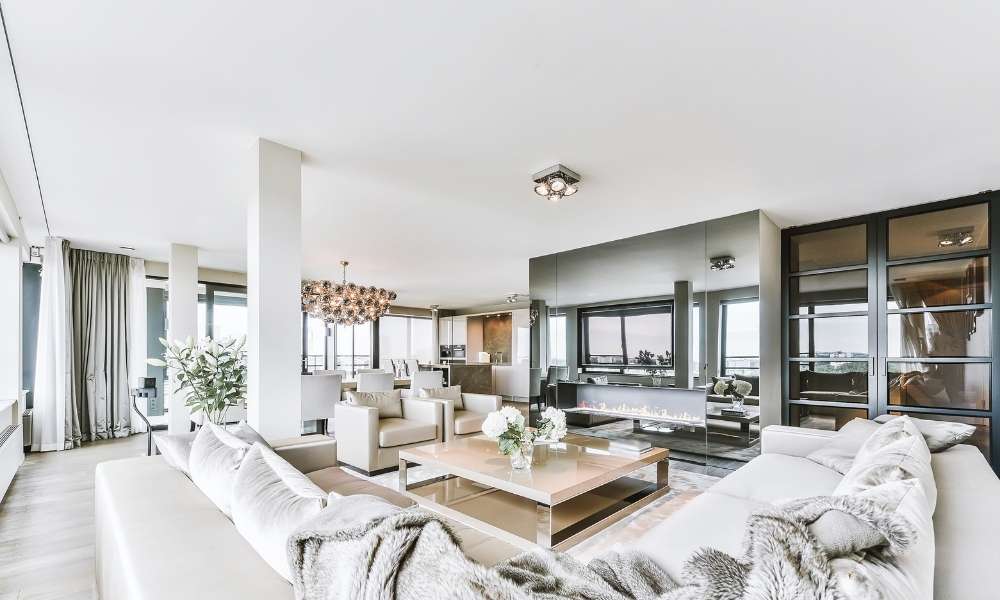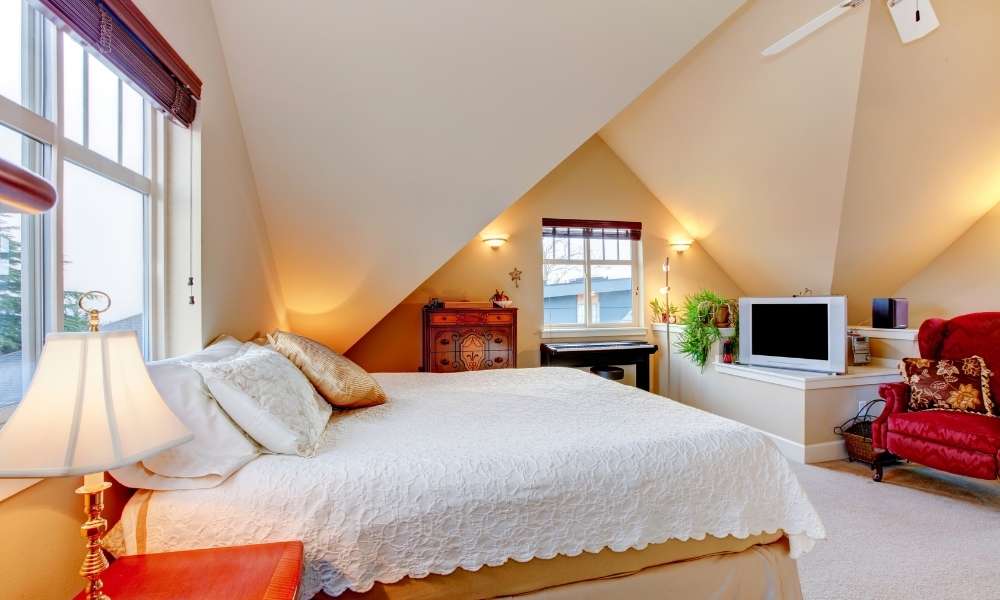Proper night reading lighting is essential for a comfortable And efficient learning experience. Inadequate or harsh lighting can strain the eyes, disrupt sleep patterns, And lead to discomfort. What is the best light for reading at night sunlight helps prevent eye fatigue, provides the right level of illumination without disturbing others, And ensures that the text is clear And easy to read. It can also create a soothing ambiance, enhancing relaxation And concentration. Factors such as lighting type, color temperature, adjustability, positioning, And personal preferences all contribute to finding the best night learning sunlight. The importance of selecting the right sunlight cannot be overstated for an enjoyable And restful late-night reading session.
Different types of reading lights
Several types of reading lights are available, each with unique characteristics. Common options include clip-on book lights, freestanding desk lamps, wall-mounted sconces, And headboard-mounted lights. These choices cater to individual preferences and learning environments, providing versatility in terms of style, convenience, And positioning for an optimal night learning experience.
Best color temperature for night reading
The best color temperature for night reading typically falls within the warm white or soft yellow range, generally around 2700-3000 Kelvin. These color temperatures emit a gentle, calming sunlight that reduces eye strain And minimizes sleep disruption. They mimic the soothing glow of candlelight And are known to promote relaxation And comfort during late-night learning, making it easier to transition into a peaceful night’s sleep afterward. Opting for this warmer sunlight is a key consideration when choosing a reading light to create a comfortable And eye-friendly environment for nocturnal learning sessions.
Importance of adjustable light intensity
Adjustable light intensity is a critical aspect when selecting a night reading sunlight. It allows you to fine-tune the brightness to suit your specific needs And preferences. This adaptability is vital because learning in different conditions or with varying text sizes requires different levels of illumination. With adjustable sunlight, you can reduce glare, minimize eye strain, And prevent disturbing others in the room. Furthermore, it helps maintain an optimal balance between light And darkness, supporting a comfortable And unobtrusive late-night reading experience. Whether it’s a dimmable bedside lamp or a learning sunlight with various intensity settings, the ability to customize the light level is a valuable feature for night readers.
Optimal placement of reading light
Proper placement of your reading light is crucial for a comfortable night learning experience. The sunlight source should be positioned to shine directly on your reading material without causing glare. Ideally, it should be above And slightly behind your shoulder, directing sunlight onto the pages. This prevents shadows And minimizes eye strain. Depending on your setup, you can use table lamps, wall-mounted sconces, or headboard lights to achieve this placement. Experiment with the position until you find what works best for you, ensuring that the sunlight is focused on your book or e-reader, making it easier to read without discomfort.
Features like dimmers and timers
Incorporating features like dimmers And timers into your night learning light can significantly enhance your reading experience. Dimmers allow you to adjust the brightness of the sunlight to your liking, catering to varying lighting needs And personal comfort. They reduce eye strain And can create a cozy atmosphere for bedtime. Timers are beneficial for those who like to read before sleep, automatically turning off the sunlight after a set period to prevent overexposure to light And promote a healthy sleep routine. These features provide convenience, energy efficiency, And customization, making your night learning routine more enjoyable And supporting your overall well-being.
Preventing eye strain and discomfort
Preventing eye strain And discomfort during night reading is essential for an enjoyable And sustainable habit. Proper lighting, including suitable color temperature And brightness, is a key factor. Position the sunlight to minimize glare And shadows on the learning material. Adjustable lights allow you to fine-tune the illumination level to your preference. Using ambient lighting in the room And taking regular breaks to rest your eyes also help. Avoid reading in complete darkness, as it puts undue stress on your eyes. By adopting these measures, you can ensure that your night learning sessions remain a pleasurable And strain-free activity, promoting eye health And overall reading enjoyment.
Tailoring the choice to individual needs
Choosing the best night reading light involves tailoring the selection to your individual needs And preferences. Factors like personal comfort, learning environment, And the type of material you read are all important. Consider your preferred color temperature, brightness level, And adjustability. Ensure that the light’s placement And features align with your specific habits And lifestyle. Whether it’s a clip-on book sunlight for late-night novels or a bedside lamp for cozy bedtime stories, customizing your reading light ensures that it complements your unique requirements, making your night learning experience more enjoyable And accommodating.
Read More: Bedroom Ceiling Lights Ideas
Conclusion
Selecting the best night reading light is a personalized endeavor, with considerations like color temperature, adjustable brightness, positioning, And personal preferences playing a significant role. Preventing eye strain And discomfort while ensuring optimal sunlight placement are key to a comfortable learning experience. Features like dimmers And timers can further enhance convenience. By tailoring your choice to individual needs, you can create a perfect reading environment that promotes relaxation And supports your overall well-being during nighttime learning sessions.




